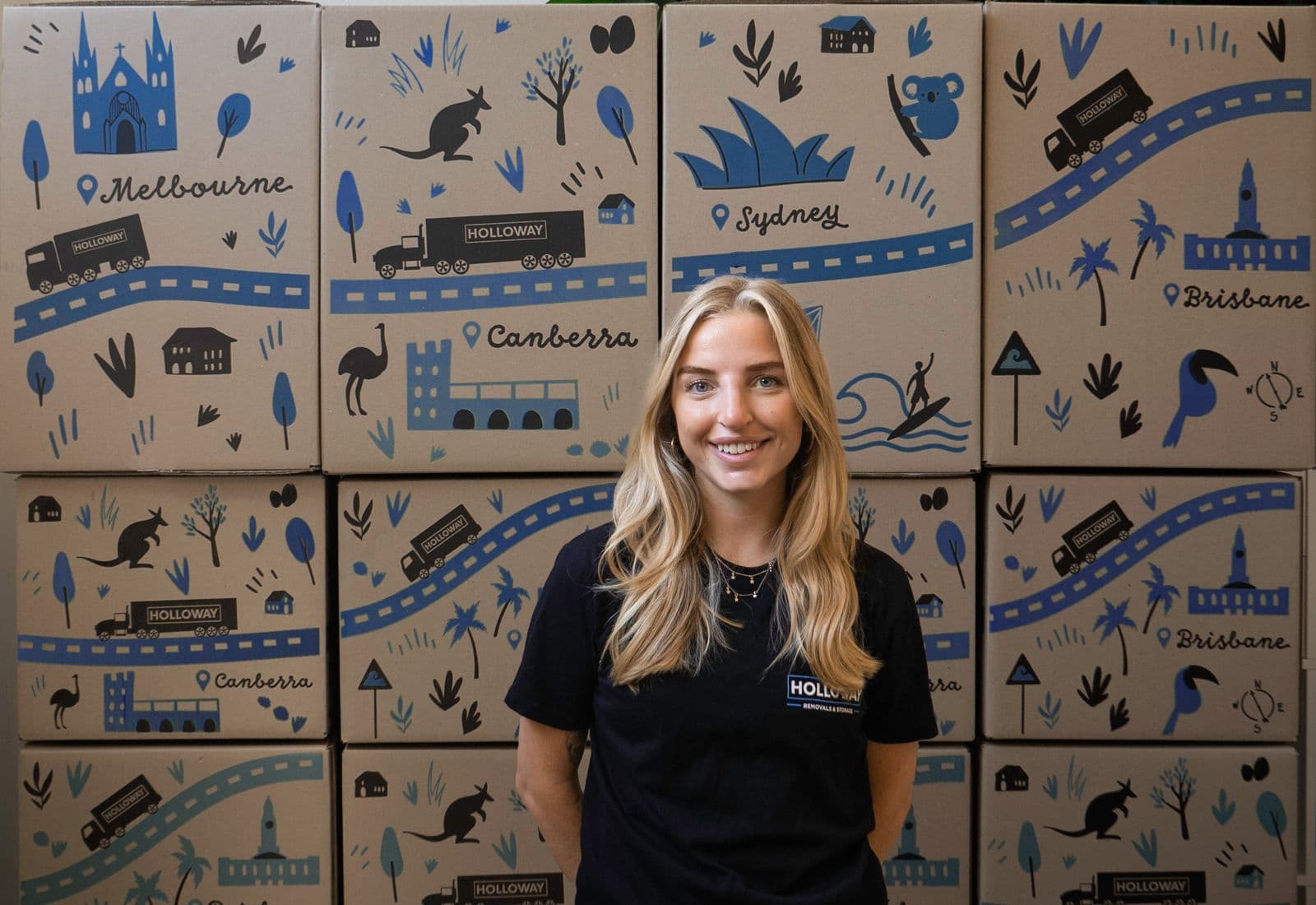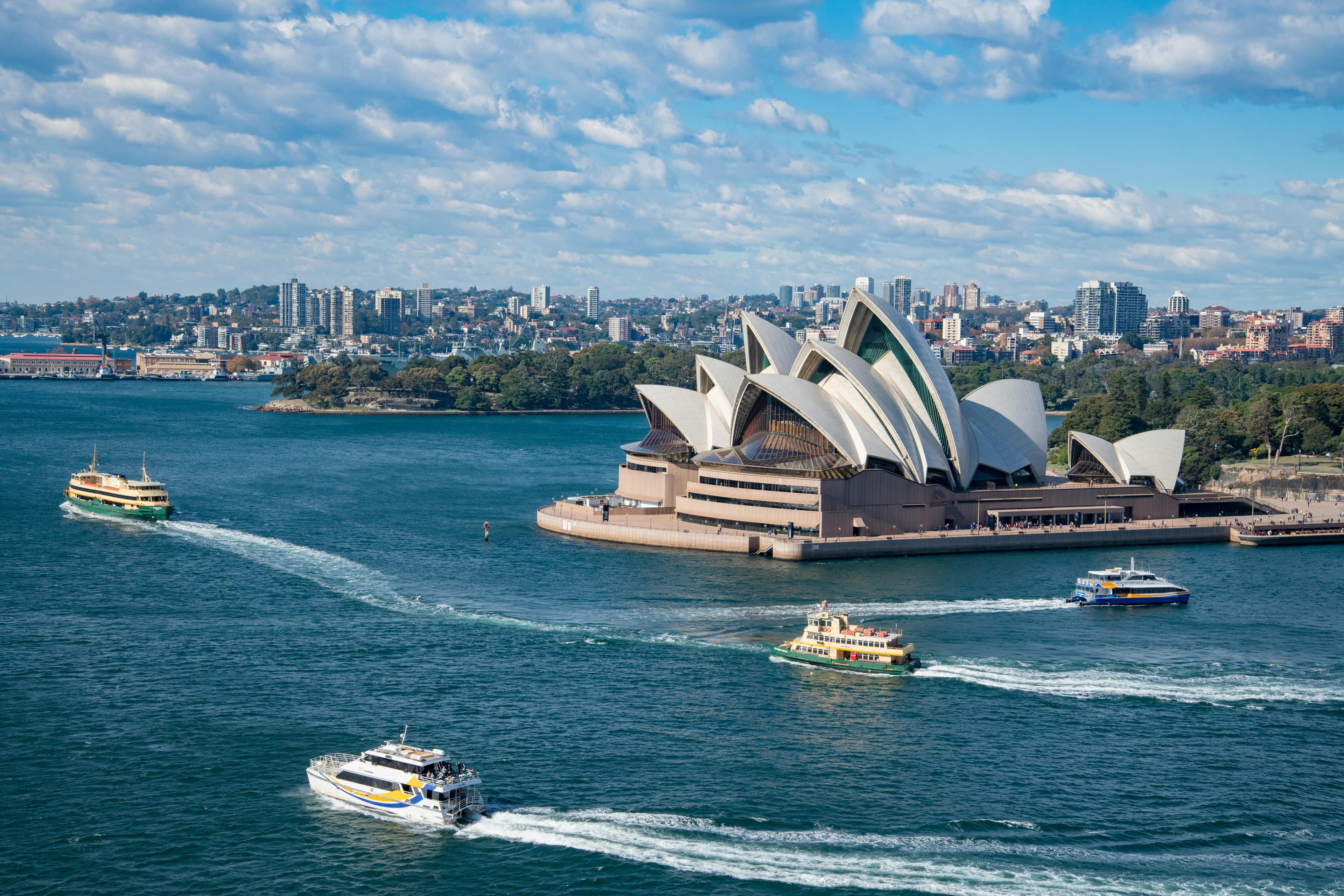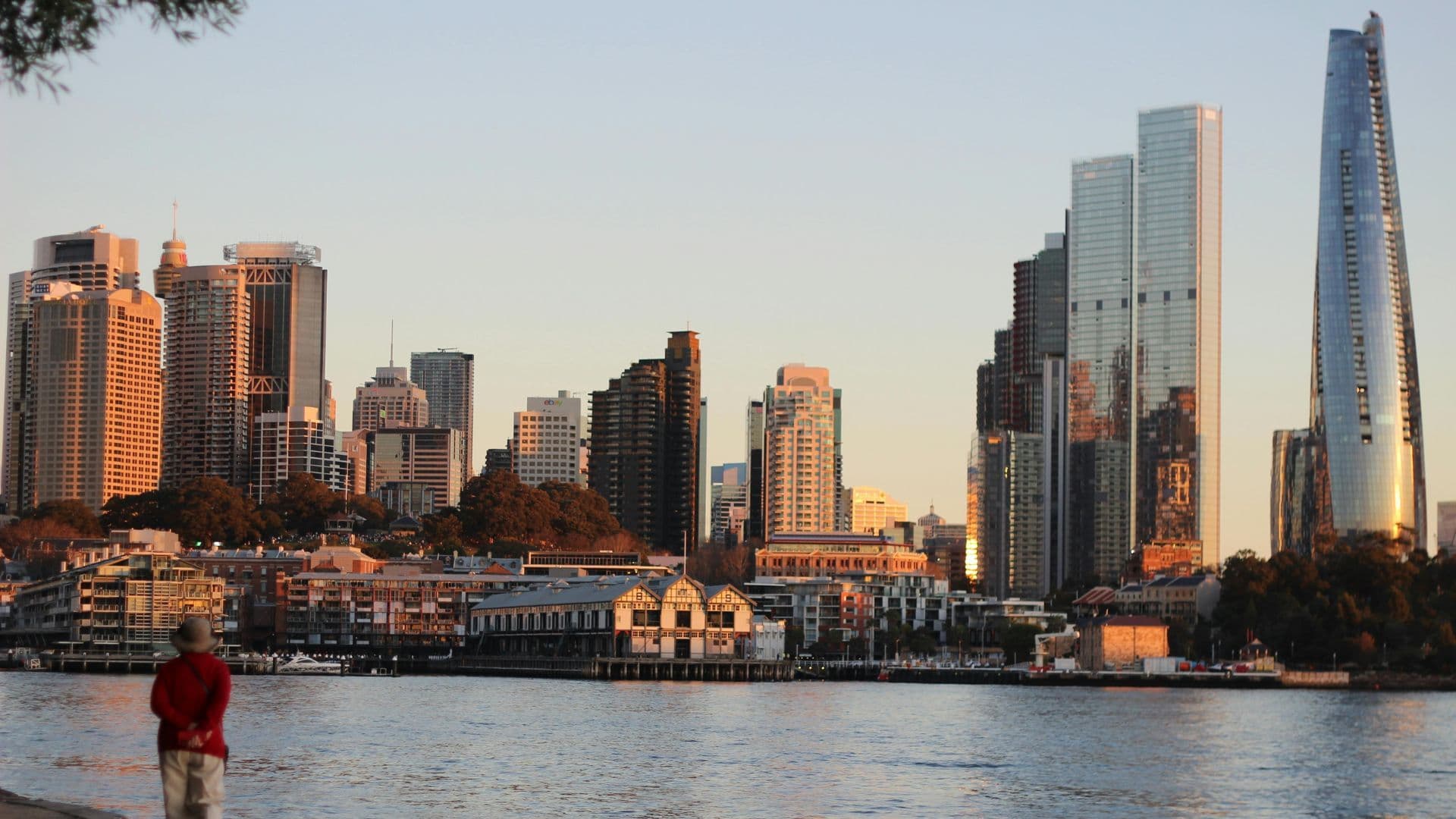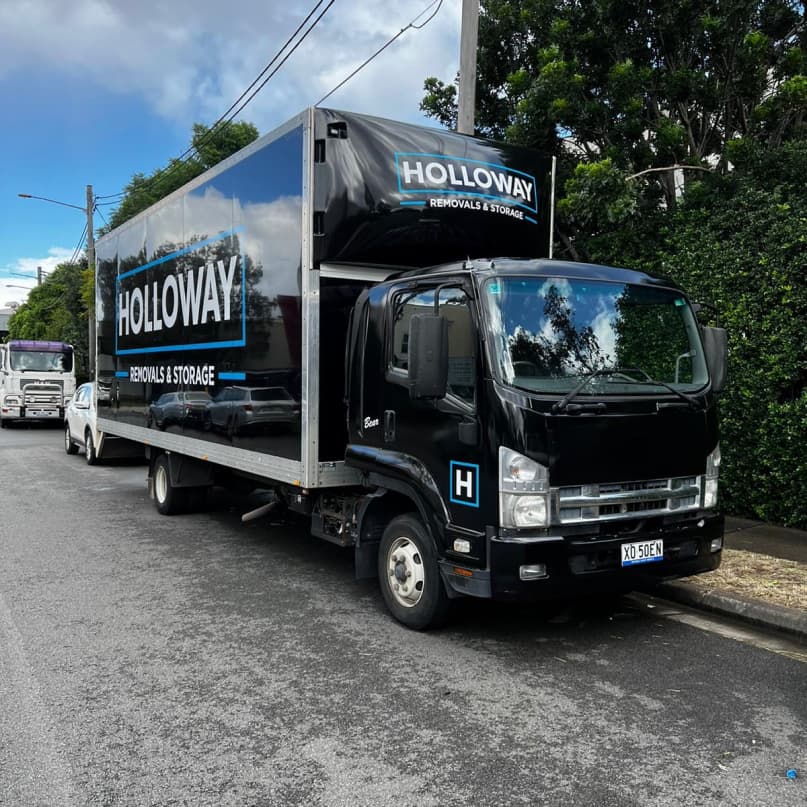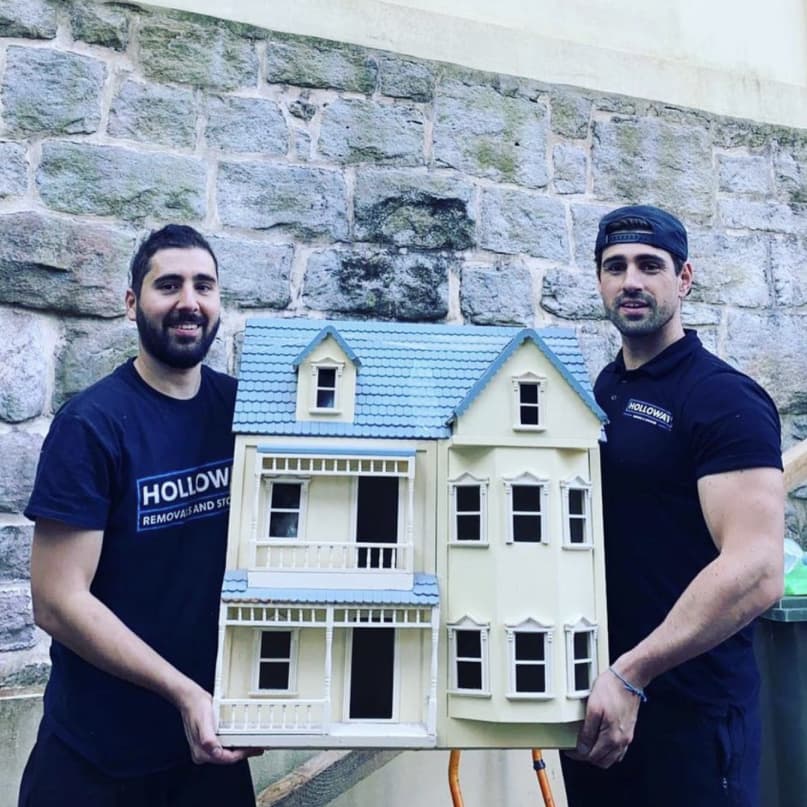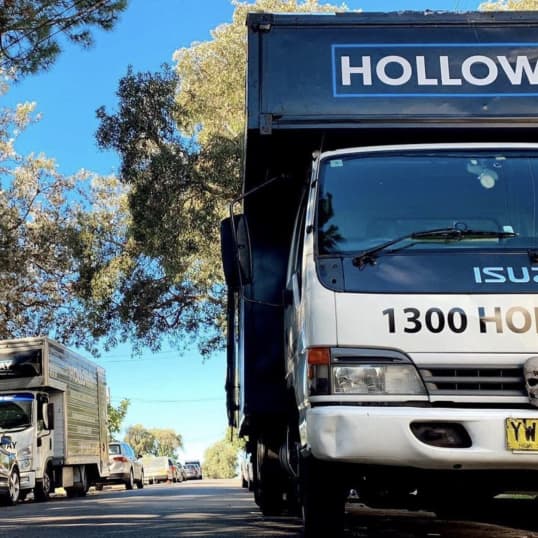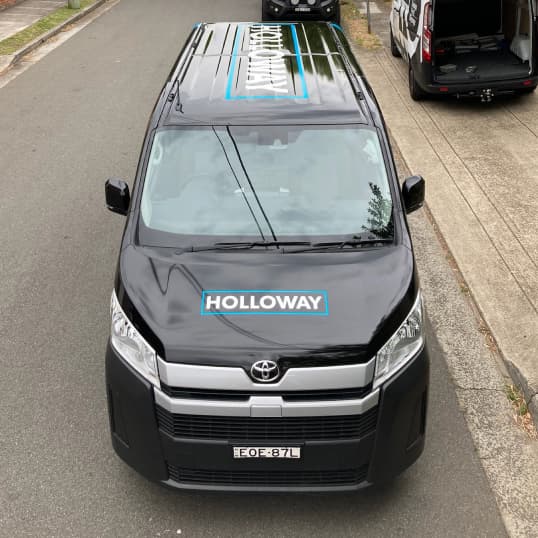

The thought of moving house can be an incredibly daunting one. With so much to consider such as packing, switching utilities and logistics, it can often become overwhelming. However, moving house doesn’t need to be the stressful experience that many anticipate it to be.
The trick to a hassle-free move is to create a detailed plan that highlights each key step of your moving process. Don’t know how your plan should look? Here’s a simplified checklist that begins two months prior to moving day to ensure that you have ample time to plan and follow all the steps involved.
2 Months Prior
Create an inventory list of your household items
Before you even begin putting stuff in boxes, a thorough stocktake is in order. Go from room to room creating an itemised list of everything you have. In a separate column, make a note whether you are going to keep, discard or donate the item.
While it might seem difficult to decide this 8 weeks out, the sooner you begin strategic planning, the less rushed and unprepared you will feel.
Admin your move
These essential administration tasks might seem boring, but (unfortunately) they’re essential to any move:
- Create an itemised budget for all expenses related to moving
- Gather important documents such as financial records, medical documents, passports, any moving documents etc.
- Start collecting quotes from removals companies (you don’t need to know the exact date yet)
- Contact schools/ vets/ doctors in your new area
- Organise hiring a moving van if needed
- Buy protective moving materials/ dust sheets/ boxes/ packing sheets and any other packing materials.
6 Weeks Prior
Declutter and arrange storage
Decluttering your home before a move is an essential part of the process. If you have already made a thorough inventory list, detailing all the belongings that you wish to give to a new home, then this section should be relatively straightforward. When you begin decluttering make sure to work room-by-room to avoid the chaos of pulling everything apart simultaneously.For items that you’re unsure of what to do with, you may also need to consider arranging storage.
Additionally, if you are planning to move house in stages, or are embarking on a long distance move, the last thing you need is to be left with boxes on the front lawn and nowhere to store them. Talk to Holloway Removals & Storage about short-term storage options if needed.
Get time off work
Your move will go along smoother if you’re not trying to balance moving day with work commitments. At the very least, secure the day of the move off. If possible, a three day window gives you plenty of room to tie off any loose ends.
Update your address
Now back to a little bit more life admin. To avoid missing out on important documents or information, it’s essential to update your address details for the following:
- Banks and insurance companies.
- Account and lawyer.
- Tax department, RTA, electoral office and other government agencies (you can do most of this through https://my.gov.au/).
- Registration microchip information for your pets.
- If you’re moving house but not changing your children’s schools then you’ll need to notify the school of change of address as well.
1 Month Prior

Start packing
We’re now at the 1 month push and that means it’s time to take it up a level. Whilst, some people leave their packing until the week before moving day, packing your belongings carefully requires time. In fact, packing is often the most time consuming component of moving house, which can often cause people the most stress. For this reason, we often suggest working with professional removalists with an expert packing team, as they can greatly minimise any risk of damage to your belongings and create a much more relaxed move. However, if you are doing it alone, we suggest working methodically and taking your time, to avoid getting overwhelmed.
Here’s a few tips for boxing up your goods before the big day:
- Start by packing your least used rooms and leave the kitchen essentials, plants and toiletries till last.
- Number and label all boxes clearly. Include a list of contents where possible. This will help identify what’s in each box and ensure no boxes have been left behind after the move. Keep a separate inventory list for easy cross-reference.
- Add arrows drawn onto boxes to remind yourself which way up the box was packed.
- Avoid using newspaper as a packing material as the ink can stain. Use white paper where possible instead.
- To balance weight, put heavy items in smaller boxes and lighter items in larger boxes.
- Use the space inside baskets, suitcases and bins to pack and save space.
- Easy to dismantle furniture should be taken apart for easy transfer.
- Screws, bolts and other small items can be placed in clear ziplock bags and taped to the main section of furniture to avoid getting lost.
- Where possible, use fit-for-purpose moving boxes to store your belongings. These boxes have carry handles and are structurally designed for the rigours of moving house. Talk to Holloway about obtaining high-quality low-cost moving boxes.
- Vacuum seal off-season clothes and other items that will stay in storage for a period of time. It will save space during the move.
Notify and redirect all mail
It’s time to make sure everyone knows where you’re going to be living soon.
- Notify Australia Post to redirect mail to your new address.
- Organise the disconnection and redirection of utilities, gas, electric and water. Redirect magazine and other mail subscriptions if you haven’t already.
- Notify any home services of your move (and cancel if necessary). This includes cleaner, gardener or any regular grocery delivery services.
Organise a final clean
Book a cleaning crew for after you’ve moved out (and before new owners move in). You can also do the final clean yourself if your new and old home aren’t too far from each other. Just keep in mind that moving can be exhausting enough as it is, so you may want to hire some additional help.
2-1 Weeks Prior
Give your pet a checkup
If you are travelling interstate, then the journey can be quite intense for your furry friends. For peace of mind it’s a good idea to take them to the vet for a health checkup and find out any tips or suggestions they might have for ensuring a safe move for them. Make sure your new property is pet-friendly and make adjustments if needed. If your new home is located far away from your current vet, speak to your vet about any recommendations they may have in your new area.
Pack up your digital life
Technology is important in our day to day lives. It can also be a trial to pack and transport during a move. Here’s a few tips for safely securing your data and technology:
- Backup the data on your technology devices, either in the cloud or on portable storage devices.
- Take photos of your AV and IT cabling to make it easier to reinstall.
- Wrap cables carefully to avoid knots.
Pack your essentials bag
Your essential bag or box contains all those must-have items for keeping your life going during the move. Think phone charger, important medicines, keys, a spare change of clothes etc. This is especially useful if you have a long haul move. Other things to include:
- Important jewellery or other valuables.
- Packing equipment like tape, torch and Stanley knife for emergencies.
- First aid kit.
- Coffee and tea.
- Pet essentials like food and leash.
- Work documents and other items
It’s worth making one bag or box for each member of the family. That way, everyone’s ready to go on the big day.
Pack up cosmetics and toiletries
Delicate products can be the hardest to safely transport during the move. Here’s a few handy tips for packing your bathroom belongings:
- Place a cotton pad or ball in each cosmetic case to offer breakup.
- Cover open toothpaste, liquid soaps and other products with cling wrap then put the pipes over the top.
- Carefully pack mirrors and breakables in bubble wrap.
- Consider putting together a toiletries travel kit if you have a long haul or interstate move.
Pack up pots and plants
Packing up your plant babies should be done close to moving day to minimise the risk of damage to plants and special equipment. Here are some extra tips for packing plants and other garden tools for the journey:
- Water your pot plants a final time and place them in waterproof boxes. If you don’t have any, just line a regular box with plastic. Remember, soil is heavy so don’t pack too many plants in one box.
- Drain petrol from lawnmowers and other powered gardening tools before moving.
- Label boxes with dangerous tools accordingly. Consider using coloured pens to help denote the contents.
Pack kitchenware carefully
Plates around glasses can break easily in transport if not packed properly. Avoid stacking glasses inside each other. Follow our guide to packing glassware for moving, for a deeper insight into preventing any breakages. For pantry items, tighten lids on and stack plates vertically like vinyl records to minimise the risk of damage.
Settle on all bills
Finalise utilities and other payments. Ensure matters are sorted between you and your removalist company, and that any outstanding requirements are sorted between yourself and landlords, estate agents etc.

Moving Day
The big day is here. If you’ve been following the checklist, moving day should be an exciting time. Still, there’s always the unexpected challenge or two. If you’re working with trusted removalists then, moving day is generally the time when you can take your foot off the gas and relax a little. Whilst you'll need to be around on the day, experienced removalists only need some direction for any particular requests. Otherwise, they can handle the rest alone, (although a tea or coffee is also much appreciated). However, if you’re handling moving day alone, here’s what you can do to make it go as smoothly as possible:
- Load the truck with the largest items at the back and boxes at the front
- Keep all screws and bolts with the furniture item your moving to avoid confusion
- Wrap soft furnishings in shrink wrap to protect from marking and hard furnishing in protective sheets to avoid scratches or dents.
- Make sure to pack heaviest boxes at the bottom of the truck
- Take your time with packing everything into the truck, this is where most damage happens
- Place dust sheets or protective sheets over all of your flooring to avoid shoe prints
- Be prepared for multiple trips between homes
- Make sure access is unobstructed, for the truck/van to get onto the property.
Tips for unpacking at your new home
Generally, it’s better if you have one or two people arrive at your new home before the truck does. That way you can check the house is in good order before moving everything in.
- Inspect the home for damage.
- Make sure utilities are connected.
- Make sure no toxic substances were left behind. Products like weed killer and rat poisons are what to look out for
Restoring your life back to normal
As the move draws to a close, you’ll want to restore your life back to normal as quickly as possible. Beyond unpacking and putting away your possessions, there’s a few other things you should do.
- Check the backyard and perimeter fencing and make sure it is child (and pet) safe.
- Make sure the fridge has been standing in position for about 3 hours before turning it on.
- Make up the beds as soon as possible so you can get a good sleep on the first night.
Finally, enjoy your new home!
Nothing quite beats the feeling of a successful move. Whilst it may take some time to unpack and for your new house to feel like a home, you should be proud of yourself for undergoing such a momentous task. Take the time to enjoy your success before trying to rush back to normality. Go explore your new neighbourhood and maybe even pour yourself a drink well done, you deserve it!
If you’d like to learn more about how professional removalists can help you with your move, take a look through the Holloway Removals website, or give us a call on 0285034444.

